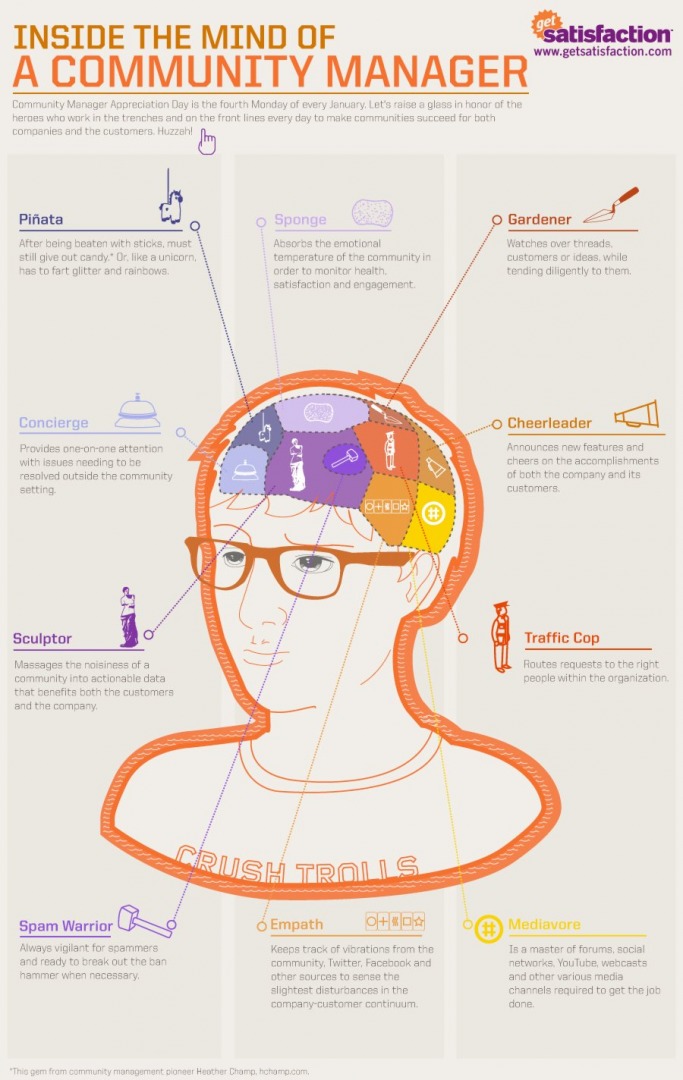Although businesses have long understood the need to respond to the needs of their customers, the customer relationship paradigm has shifted dramatically in recent times. The rise of the internet and social media has made the reactions of customers – whether they be complaints, opinions, or praise – very public indeed. It has given customers a platform to share their opinions with the world in a way that they just couldn’t do before.
Here are some interesting statistics: according to a report by ZenDesk, 62% of consumers are already using social media to deal with customer service issues, and a Technorati report shows that 38% of bloggers discuss brands that they either love or hate. This kind of openness and unpredictability can be scary for a company, as it introduces an uncontrollable element of potentially catastrophic reputation risk – but there is no turning back the clock. And, if you approach these matters in the right way (and crucially, don’t treat your customers like dirt) then it can present a massive opportunity for companies and brands to leverage the power of public interaction.
Listening and responding to feedback from consumers on the web offers companies with the opportunity to retain customers, improve their online reputation, or at the very least, find out why they are experiencing churn. While it is comparatively common for consumer brands to invest in this area, it is less common in the field of B2B businesses – where negative feedback can make or break a deal.
This is where community management comes in. A community manager has several responsibilities – to uncover upsell opportunites, avoid crises – and diffuse them where required, identify PR opportunities, win over detractors, monitor the competition, identify new ideas for products, and liase with brand ambassadors. Community managers are the buffer between a company and its customers. They have a multitude of tasks to perform, including using contemporary communications to address external issues and field complaints.
How a Community Manager Can Help
For example, you wouldn’t usually want to have a developer talk directly to a customer to explain why a particular service isn’t working as it should. They’re naturally defensive with regard to their work, and their skills tend to be more technical than consumer-oriented. A good community manager should have the right balance between an understanding of the issues at hand and the people skills to explain them.
The community manager also has a remit to contribute towards two of the most important – and often expensive – functions of a business, namely competitive intelligence and market research. Because a community manager spends much of their time seeking out the conversations that a company’s customers and prospects are having, they have a unique perspective on the type of innovations that customers are demanding.
If you were to take all your market research from blogs and magazines, you might be fooled into thinking that innovation is the only objective worth chasing. The reality is somewhat different, in that customers are often looking for something that doesn’t necessarily reflect the cutting edge of technology – they just want something that works for their particular needs. Having this type of insight on board gives the marketing and sales teams the tools they need to identify new upselling opportunities, product categories, and revenue streams.
When you want to know what the competition is up to, the community manager is often the go-to guy. Because they spend so much time looking out for what other companies are doing in terms of content, promotion, and products, the community manager is in a unique position to offer useful opinions with regards to competitive intelligence, customer sentiment, and brand promotion.
In short, every business – whether they are consumer-facing or not – needs to devote resources towards community management, and preferably a person dedicated to this task. In the coming weeks, we shall be publishing a series of articles all about community management – how to do it, the challenges that might be faced, and some suggestions as to how to deal with them. In the meantime, here’s a cool infographic from getsatisfaction.com that highlights the various hats that have to be worn by a community manager. Stay tuned!

I am a writer based in London, specialising in finance, trading, investment, and forex. Aside from the articles and content I write for IntelligentHQ, I also write for euroinvestor.com, and I have also written educational trading and investment guides for various websites including tradingquarter.com. Before specialising in finance, I worked as a writer for various digital marketing firms, specialising in online SEO-friendly content. I grew up in Aberdeen, Scotland, and I have an MA in English Literature from the University of Glasgow and I am a lead musician in a band. You can find me on twitter @pmilne100.



























